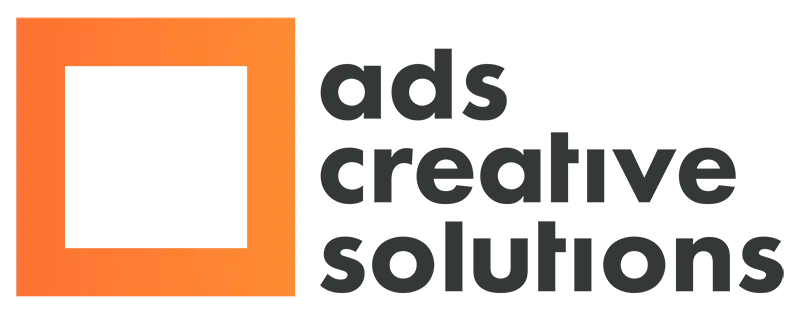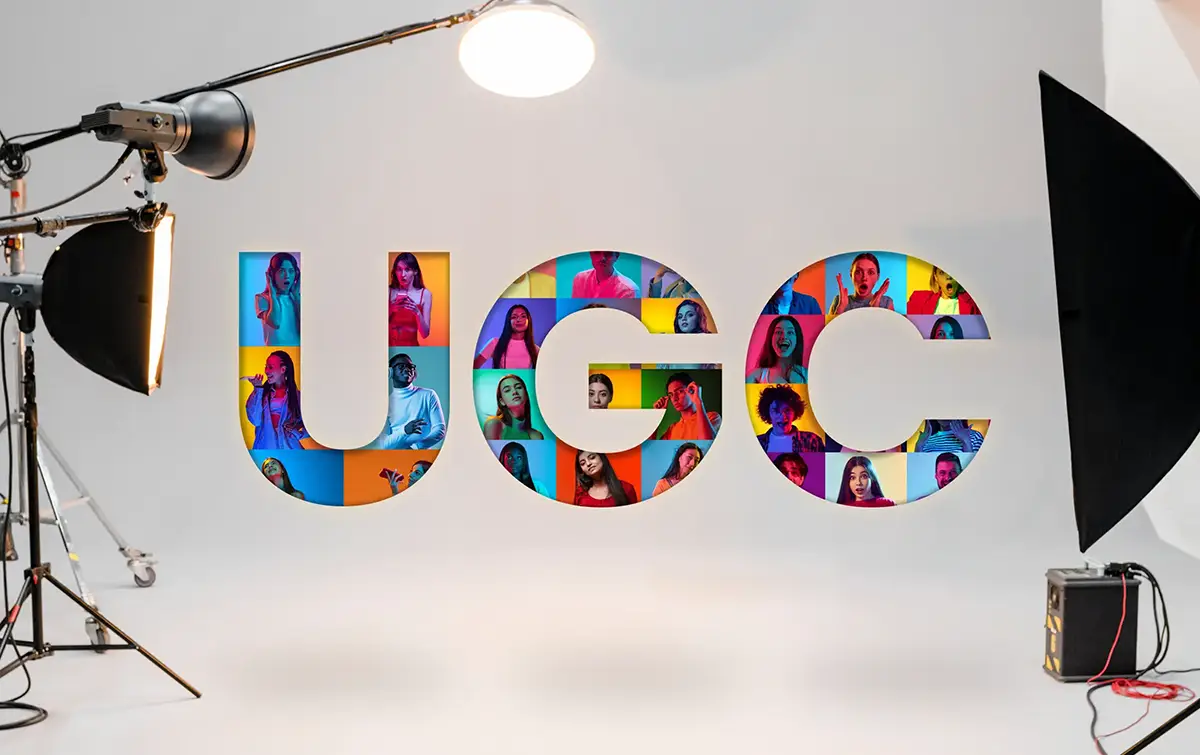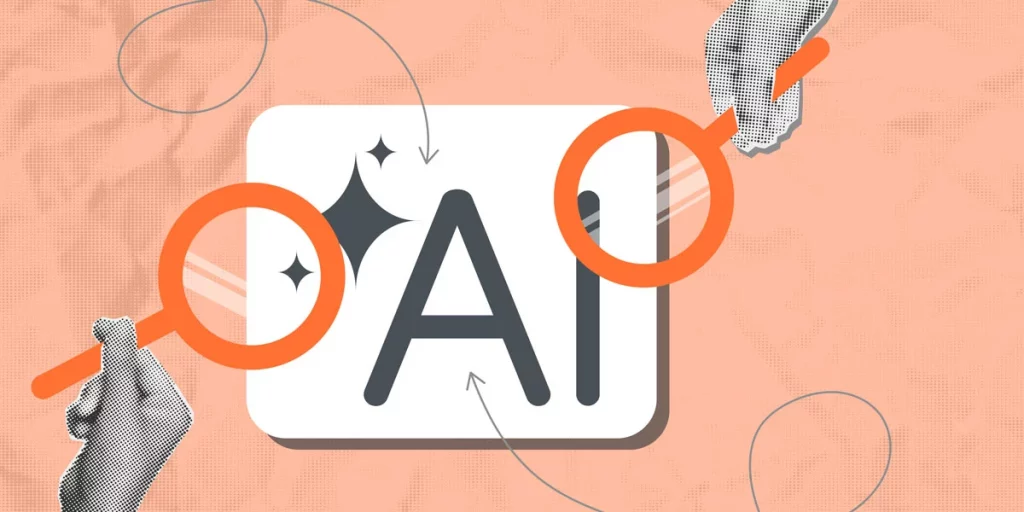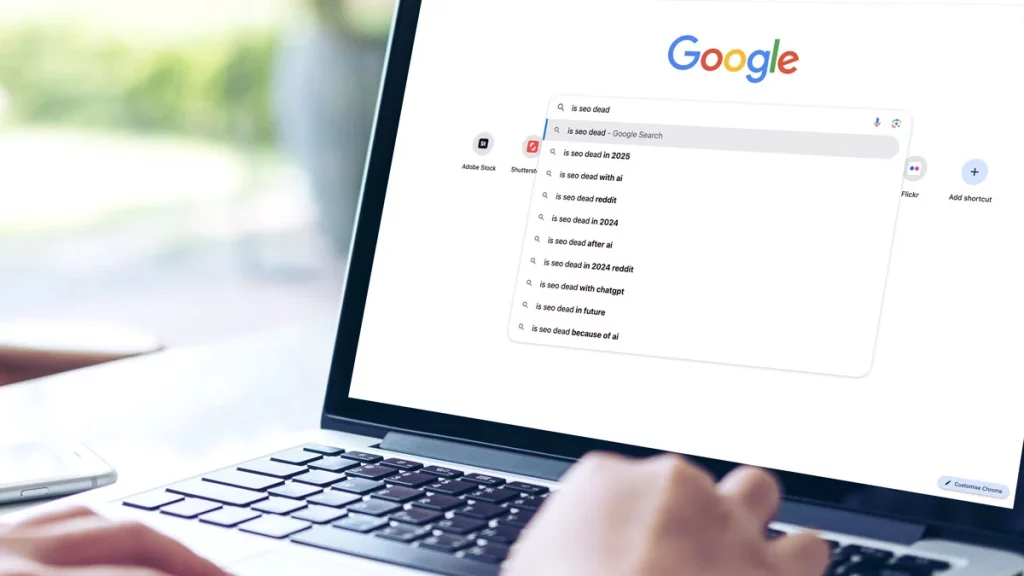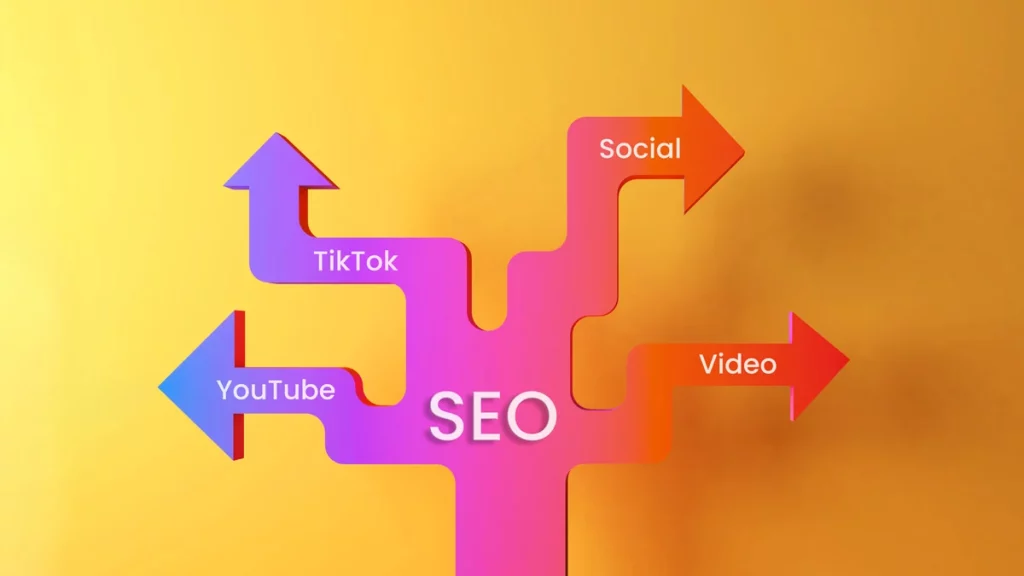With the ever-changing dynamics of social media, the way in which users interact with various platforms is also adapting.
This change in attitude is also impacting consumer behaviour and how potential buyers are receiving content or reviews and then making purchase decisions.
In the most recent years, brands have taken advantage of the rapid growth in user-generated content, resulting in it having a direct positive impact on their sales.
Ilana, our Digital Marketing & Social Media Executive explores how below.
Jump to section:
What is user-generated content?
User-generated content (UGC) is a way brands and businesses can tap into the minds of their audience and promote content that is produced by existing customers.
Gymshark is a great example of this. You’ve likely seen a lot of their products plastered over Instagram and TikTok, but it might not necessarily have come from the brand itself. If an influencer is seen wearing or talking about Gymshark in their latest Reel but isn’t sponsored, this can be considered as user-generated content.
UGC is recognisably one of the fastest-growing ways brands are creating content and connecting with potential and loyal customers.
How is user-generated content used?
Consumers who have already purchased and used the brand’s products or services will use their platforms to promote them.
When done in a way that aligns with a brand’s vision, it can then also be promoted directly on their platform.
This means that using UGC genuinely speaks directly to the ideal buyer because the brand has used a previous customer to promote it.
What are the advantages of user-generated content?
From a brand’s perspective, user-generated content is often a double win – not only has someone made a purchase, but they are also promoting that product to their own audience.
The benefit of this is building customer loyalty, as people are more likely to trust other like-minded individuals who are creating authentic content.
Where have we seen examples of user-generated content?
User-generated content has been dominating the fashion and beauty sector for a while now. It’s a place where consumers have the desire to see products used in real life to get an authentic review and understanding before investing in the items themselves.
A recent popular example of this is Zara, which has started using UGC across its website for various products.
This combined with their new online TikTok Shop platform is the perfect example of how brands are becoming more diversified and adapting to new trends and customer behaviour.

Another brand that is taking advantage of UGC and reaping the rewards is REFY – where many existing users’ content is seen copied across their business social platforms (with the authorisation of the original generator).
Conclusion
With the rising popularity of short-form and relatable content via TikTok and Instagram Reels, it’s no surprise to see the popularity and effectiveness of user-generated content grow so rapidly.
UGC is not only a different way of creating content but also a new way to build relationships and trust. It’s no wonder so many brands are already doing it and we expect to see so much more in 2024.
